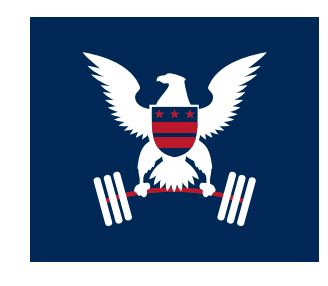We are often asked by parents if it’s okay for their children to wear puddle jumpers, water wings, or flotation devices at the pool. At Old City Swim School, water safety is something we take very seriously – and emphasize with students at every lesson. We want to make sure you are also equipped with all the information you need to make a decision on what is best for your child.
We believe allowing children ample swim time without a floatation device is the absolute best way to develop water independence. (The exception here is if your child has special needs – if that is the case, let’s chat about the best solution.)
When children who are not water independent are provided puddle jumpers, water wings, or flotation around the waist, they aren’t experiencing what really would happen if they went into the water on their own. These devices teach children to be comfortable in the water in a vertical position with their head (the heaviest part of their body) and spine held upright, which also happens to be the exact best position to sink to the bottom.
This gives children a false sense of security that they know how to maneuver through a pool on their own. Both of these outcomes are simply unsafe and even potentially dangerous. Even a life jacket positions a person vertically in the water. This is great for when a lifesaving device is actually needed, not for learning how to swim at the pool. Bottom line is that any of these devices hinder proper swim movements and can easily create water independence issues that hamper learning how to swim properly.
So what is a parent supposed to do?! It’s easy as a parent to stick a kid in water wings so you can also relax a bit at the pool yourself. Plus many kids love to wear these items, as they feel independent and are brought back up to the surface when they jump in the water. How can this not be a win-win?! If you want your child to really learn water independence, get rid of their water wings or devices today. It may not be the short-term solution you were hoping for as a parent, however, it is the best way to get you where you want to be long-term. (i.e. relaxing on a lounge chair reading a book next to the pool while your water independent child swims.) 
Providing your child with a consistent flotation-device free water experience is the best way to support the development of a water independent child. This allows them to gain confidence getting totally wet and immersed over their head and practice how to roll over and float on their backs (the safest and least tiring position if they ever have to wait for help).
Without props like floaties or water wings, your child will be allowed to experience how their body actually responds to water. If they jump off of a step, they will experience being submerged underwater. As a parent, you can reinforce the movements they need to learn to bring themselves to the surface and promote the use of the swim skills they are being taught at their current skill level.
If you’ve used floaties or water wings with your child in the past, don’t worry. You can start fresh today helping your little one to learn the real cause and effect of their body’s movements in the water. To help encourage your child, get a pair of goggles to help build underwater confidence, and start using a swim noodle to aid with front and back floating. Reserve the use of approved flotation devices for when appropriate.
The best thing you can do to keep your child safe in and around water is to enable them to learn water independence without flotation aids and consistently have them in swim lessons over time. While this investment requires constant adult supervision and a commitment to participating in lessons, it will pay off in the long-run!
For more tips on how you can teach your child to become more comfortable and water independent right at home check out our FREE download on How to Set up your Child for Success in Swim Lessons!

